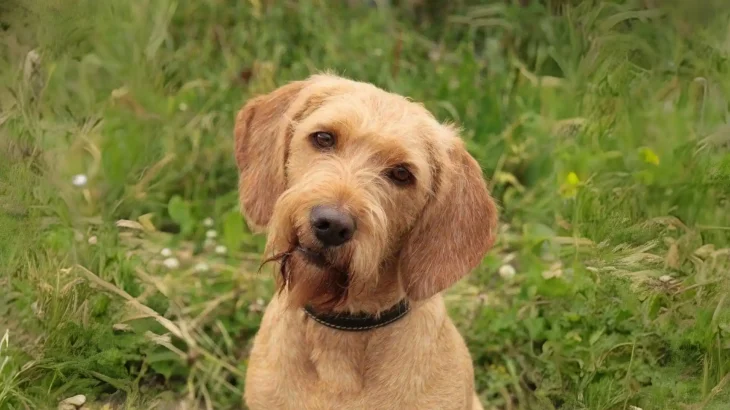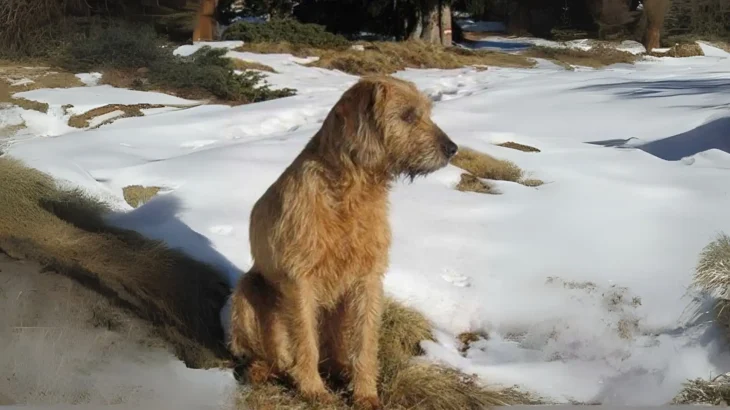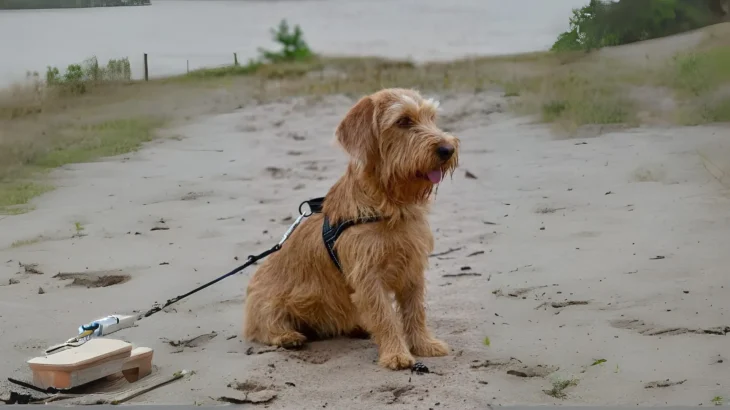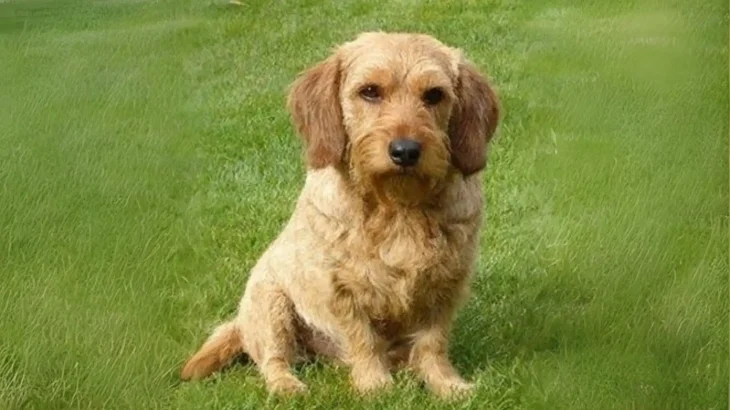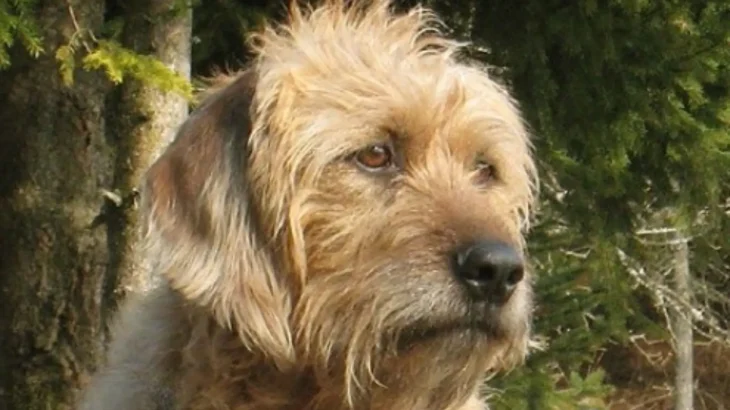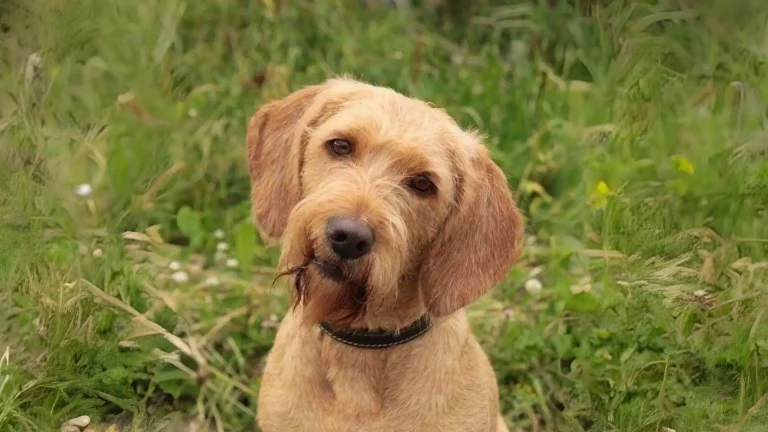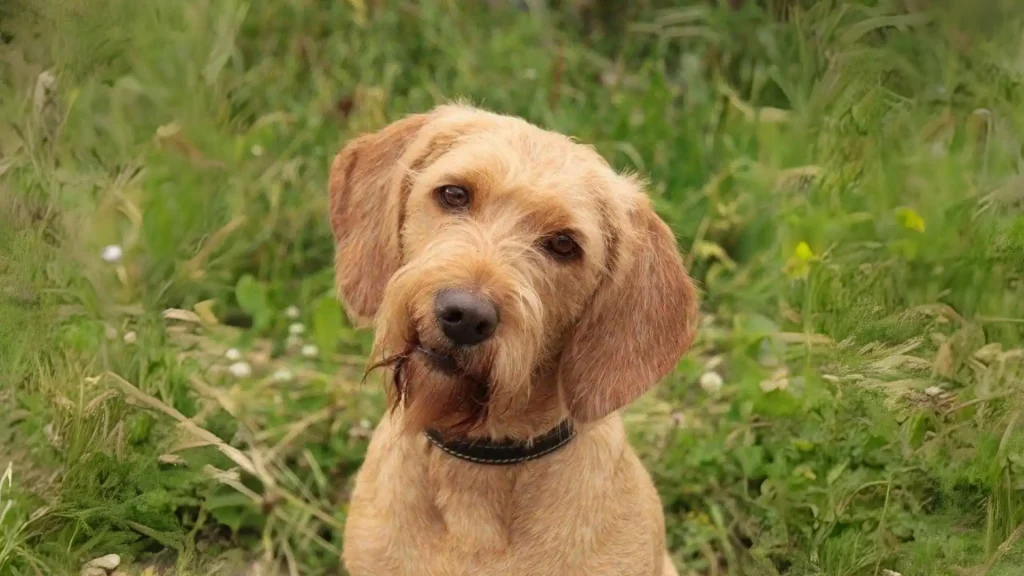Owning a Styrian Roughhaired Mountain Hound involves special care, and pet insurance is a wise consideration. This active breed can face typical dog health issues or injuries from its outdoor lifestyle. Insurance helps cover unexpected illnesses, surgeries, and liability if the dog causes damage. Without insurance, veterinary bills can be costly. While some owners rely on savings or limited plans, comprehensive insurance provides peace of mind. Understanding coverage and costs is key.
Health and Surgery Coverage
Most insurance policies cover illnesses, accidents, and surgeries. Given this breed's active nature, injuries like sprains or cuts may occur. Coverage helps with vet visits, tests, and treatments, although owners usually pay deductibles and co-pays. Pre-existing conditions are commonly excluded, so enrolling early is best.
Liability Coverage
Liability insurance protects if the dog injures someone or damages property. For an energetic breed, this is important. It can help avoid expensive legal fees, but may increase premiums. Some plans have breed-specific rules.
Common Alternatives to Pet Insurance
Some owners prefer emergency funds or limited vet care plans. These reduce upfront costs but risk insufficient funds during emergencies. For a vigorous breed, delaying care due to cost can risk health.
What is Typically Covered and Owner Expenses
Insurance often covers unexpected illnesses, accidents, and some routine care depending on the plan. Owners pay deductibles, co-pays, and expenses for excluded treatments like pre-existing or elective procedures. Knowing limits helps avoid surprises.
Advantages and Disadvantages of Pet Insurance
Advantages include financial protection against high vet bills, timely care, and peace of mind. Disadvantages include monthly premiums, possible claim denials, and reading fine print carefully. Owners should weigh benefits against these factors based on their situation.
Imagine a Styrian Roughhaired Mountain Hound eating a poisonous plant outdoors. Without insurance, emergency care may be too expensive, risking the dog's health. Insurance enables quick vet treatment, improving recovery chances and easing financial stress. This highlights why pet insurance is valuable for this unique breed.

